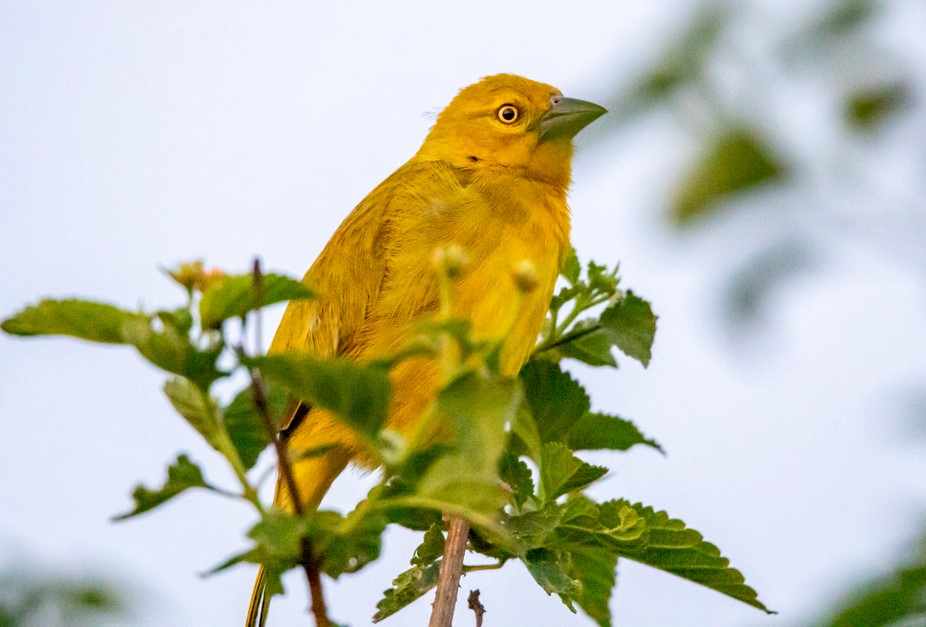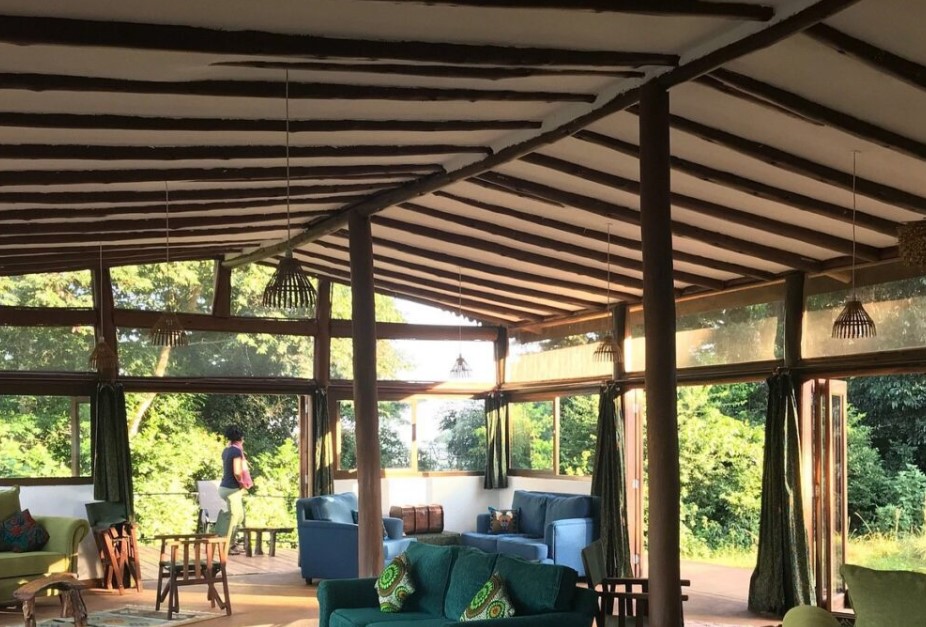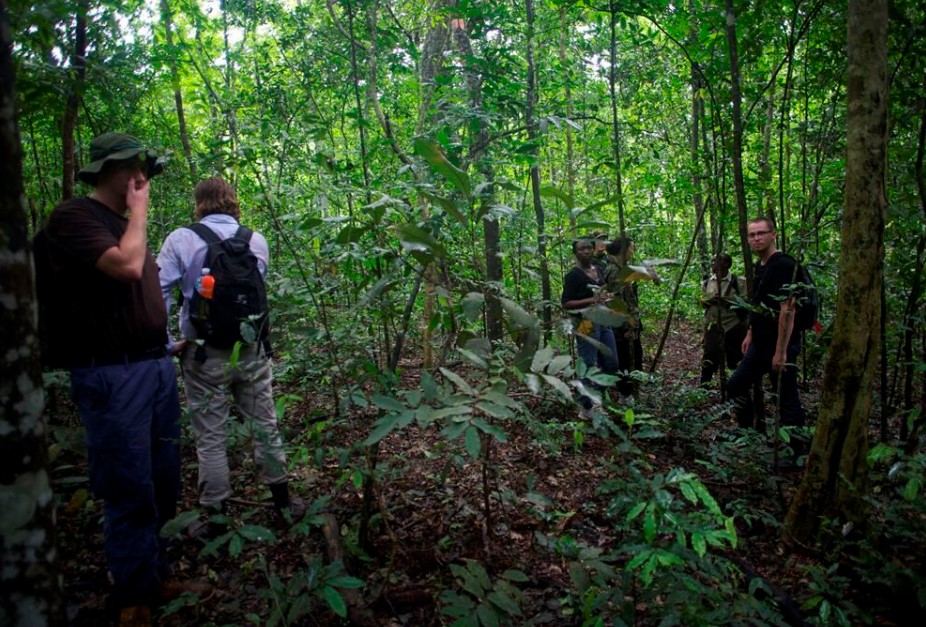
Birds of Mabamba Bay
Birds of Mabamba Bay: Mabamba Swamp is one of the most reliable birdwatching spots in Uganda, predominantly to see the elusive shoebill in the vast papyrus swamp. The swamp lies in the western part of Entebbe town, and due to conservation and sustainability, the swamp is informally protected by the community initiative ecotourism project. The shoebill storks are the primary attraction within this Ramsar wetland; however, visiting Mbamba Swamp will introduce you to over 50 eccentric bird species and several other notable birds.
Mabamba Bay is a very charming and mysterious destination that can be defined by its thick stands of papyrus swamp with a network of channels covered by floating water lily pads and aquatic plants such as nymphaea and lotus with flowers of white, pink, blue, and others. The swamp is tasselled by riverine woodland and thick grass.
It opens out to the vast scenic waters of Lake Victoria, the world’s second largest freshwater lake and the largest freshwater lake in Africa, shared by countries including Uganda, Kenya, and Tanzania.
The swamp is primarily a birding destination, with a total of 300 recorded bird species, including several waterbirds. According to birding circles, this destination is known as the best birding spot globally to see the globally threatened shoebill, and undoubtedly the best in Uganda. Other shoebill sighting spots in Uganda include Murchison Falls National Park along the Albert Delta, Lake Mburo National Park along the marshes on Lake Mburo, the Ishasha sector of Queen Elizabeth National Park along the Ishasha River, Ziwa Rhino Sanctuary in the Lugogo swamp, Toro-Semuliki Wildlife Reserve, Makanaga Swamp, Lwera Swamp, and others.
Birds of Mabamba Bay
Shoebills stand out as the top attractions at Mabamba Swamp, with over a 90% excellent chance of seeing this sought-after bird. The best time to see these bird species, particularly the iconic shoebill, is during the morning tours when they are searching for food and slightly later in the afternoon. Besides the famous shoebill, the swamp is home to several other water-dwelling, migratory, and forest bird species, including herons, flycatchers, bee-eaters, weavers, gonoleks, raptors, kingfishers, and cuckoos, among others. The birds include the following:
Other birds of Mabamba Bay include the sought-after Shoebill, Ashy Flycatcher, Pied Wagtail, African Firefinch, Black Crake, Hadada Ibis, Black-headed Weaver, Blue-headed Cuckoo, Stripped Kingfisher, Spur-winged Geese, Brown Snake Eagle, Common Moorhen, Grosbeak Weaver, African Pygmy Goose, African Hoopoe, Malachite Kingfisher, Orange Weaver, Yellow-backed Weaver, Northern Brown-throated Weaver, Grey Wood Pecker, Black-headed Gonolek, African Common Moorhen, and Banded Martin. White-faced Whistling Duck, Saddle-billed Stork, Mosque Swallow, Red-eyed Dove, Olivaceous Warbler, Grey-headed Sparrow, Yellow-billed Duck, Red-shouldered Cuckoo Shrike, Grey Wagtail, Grey Heron, Slender-billed Gull, Green Cuckoo, Sand Martin, Crowned Hornbill, Ross’s Turaco, Grey Crowned Crane, Rufous-naped Lark, Wood Sandpiper, Purple Swamp Hen, Rufous-bellied Heron, Black-crowned Waxbill, Flappet Lark, African Green Pigeon, Cattle Egret, Great Blue Turaco, Black-winged Stilt, Papyrus Yellow Warbler, Pied Kingfisher, Pallid Harrier, and Papyrus Gonolek.
Others include Pink-tailed Whydah, Red-billed Firefinch, Black-crowned Night Heron, Pink-backed Pelican, White-winged Tern, Eastern Grey Plantain-eater, White-browed Cuckoo, Black-headed Woodland Kingfisher, Papyrus Canary, African Fish Eagle, African Water Rail, White-winged Warbler, Fork-tailed Drongo, Great Cormorant, Long-toed Lapwing, African Purple, Great White Egret, Grassland Pipit, Long-tailed Cormorant, Purple Heron, Shining Blue Kingfisher, Red-chested Cuckoo, Gull-billed Terns, Lesser Jacana, Hamerkop, Marsh Harrier, Eurasian Hobby, Glossy Ibis, Yellow-rumped Tinkerbird, Great White Pelican, Slender-billed Weaver, Swamp-hen, Winding Cisticola, Long-crested Eagle, Little Egret, Ruppell’s Long-tailed Sterling, Yellow-billed Kite, Common Squacco Heron, Blue-breasted Bee-eater, Brown Parrot, African Pied Wagtail, Yellow-billed Stork, Common Waxbill, Spur-winged Lapwing, White-throated Bee-eater, Village Weaver, Swamp Flycatcher, Levaillant’s Cuckoo, Tawny Eagle, Little Bee-eater, Long-toed Lapwing Plover, Little Stilt, Speckled Mousebird, Tambourine Dove, Tawny-flanked Prinia, Vieillot’s Black Weaver, Whinchat, Violet-backed Sterling, Water Thicknee, Weyn’s Weaver, Whiskered Terns, Feral Pigeon, Grey-headed Kingfisher, Carruthers’s Cisticola, Goliath Heron, Grey-rumped Sparrow, Red-headed Lovebird, Common Stonechat, White-browed Cuckoo, Fan-tailed Widowbird, Common Greenshank, Common Sandpiper, Black-faced Rufous Warbler, Fulvous Whistling Duck, Yellow Warbler, Double-toothed Barbet, Grey Parrot, Yellow Wagtail, Black-headed Heron, Intermediate Egret, Angola Swallows, and several other birds.
What is the best time to visit the Swamp
Travellers, especially birdwatchers, can visit Mabamba Swamp at any time of the year, although some months are better than others. However, the best time to visit is during the months of August to September and December to February. This means that shoebills are harder to find during the nesting season (active) of June and July, since they always stay deep in the papyrus swamps. However, avid birders always know that during the months of March to May and October to November, the wetland receives strong stormy rains, which may interfere with the birding activities experience.







